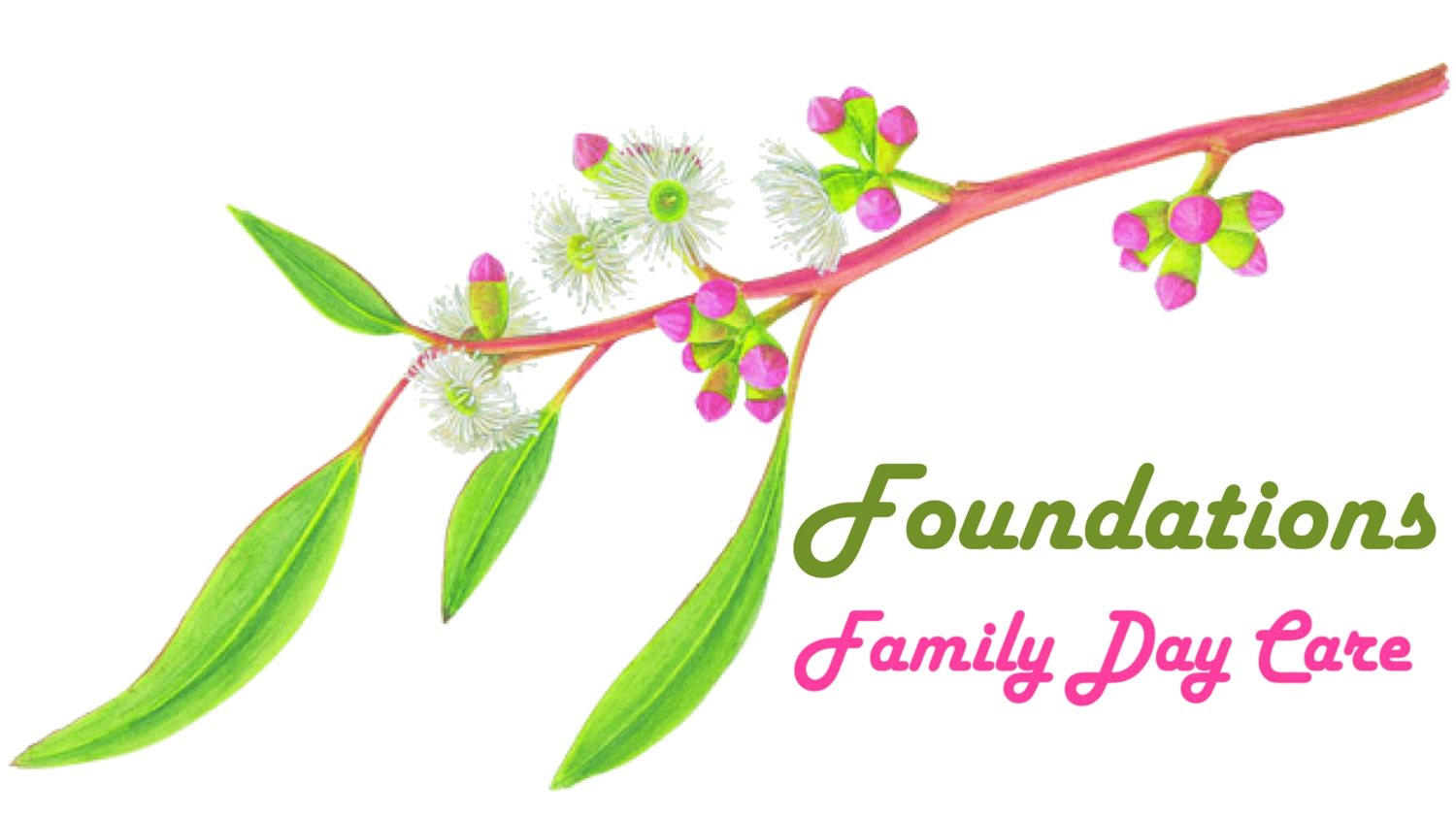The Responsibility for Teaching an Indigenous Perspective
Now that the painful and divisive debate over moving Australia Day/Survival Day to a less fraught date, or not, is over for another year, it is time for everyone to refocus on what is important for us all, which is a healthy, functioning society, full of caring, knowledgeable and respectful people. This is why the Early Years Learning Framework version 2 (EYLF v2) has such a strong focus on incorporating an Indigenous perspective.
As Early Years Education and Care professionals, we have a responsibility to understand how we can teach our young people about our nation’s first inhabitants and their ongoing relationship to each other and to the land. We need to keep up to date with developing knowledge of what has gone before, such as understanding how the ceremonial circles, found in many places around Australia, were built and how they were used, and the amazing stone houses and eel trap system near Warrnambool in Budj Bim. I also strongly recommend Dark Emu for adults and Young Dark Emu for primary and older children, both of which are written by Bruce Pascoe. (Small disclaimer – he is a distant relative of mine.)
It is important to avoid shying away from the negative parts of our history, as those who fail to learn from history are doomed to repeat it (this is from Winston Churchill when he was paraphrasing Spanish philosopher George Santayana). This does not mean the information needs to be graphic, nor does it ever require current generations to feel guilty for the acts of their predecessors. Instead, it is about developing empathy and uplifting every person in our society to be the best they can be, in spite of the horrors experienced by their antecedents and the ongoing impact that has today. It is an unfortunate fact that, until at least the 1990s, school children in Australia were only ever taught the myth of the “noble savage,” which has strongly influenced current commentary, and so has contributed to the apathy and even, sometimes, patriarchal policies still affecting our original inhabitants today. To assist with this, I suggest books such as Somebody’s Land by Adam Goodes and Ellie Laing.
We also have a responsibility to teach our children of the modern First Nations people, instead of only focusing on the past, showing them positive examples of Indigenous success and participation in our society, particularly in employment. For Aboriginal and Torres Strait Islander children, this information is important to help them see a hopeful future for themselves, to encourage them to aim high, and to be proud of their heritage. For children from all other cultural backgrounds, it is also important as this can assist in overcoming, or preferably preventing, biases and prejudice, particularly given the media’s preference for reporting on negative stories, such as crime, rather than Indigenous successes. Positive teaching can also assist children to understand the ongoing nature of First Nations peoples, instead of thinking of them as only being in the past.
Hopefully, through teaching all our children about Australia’s amazing history, good and bad, our country’s future will see success for all, regardless of background, and vitriolic conversations, such as the one mentioned earlier, will be forever in the past.
